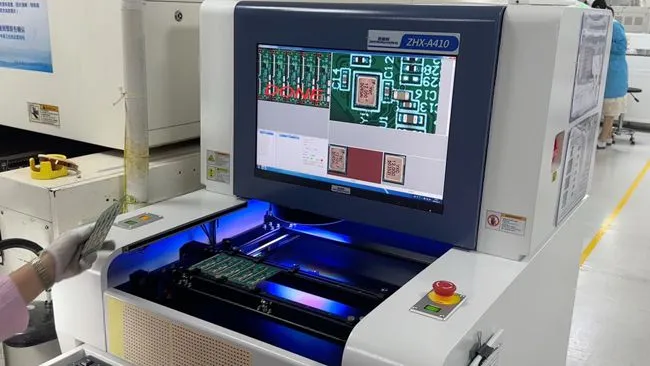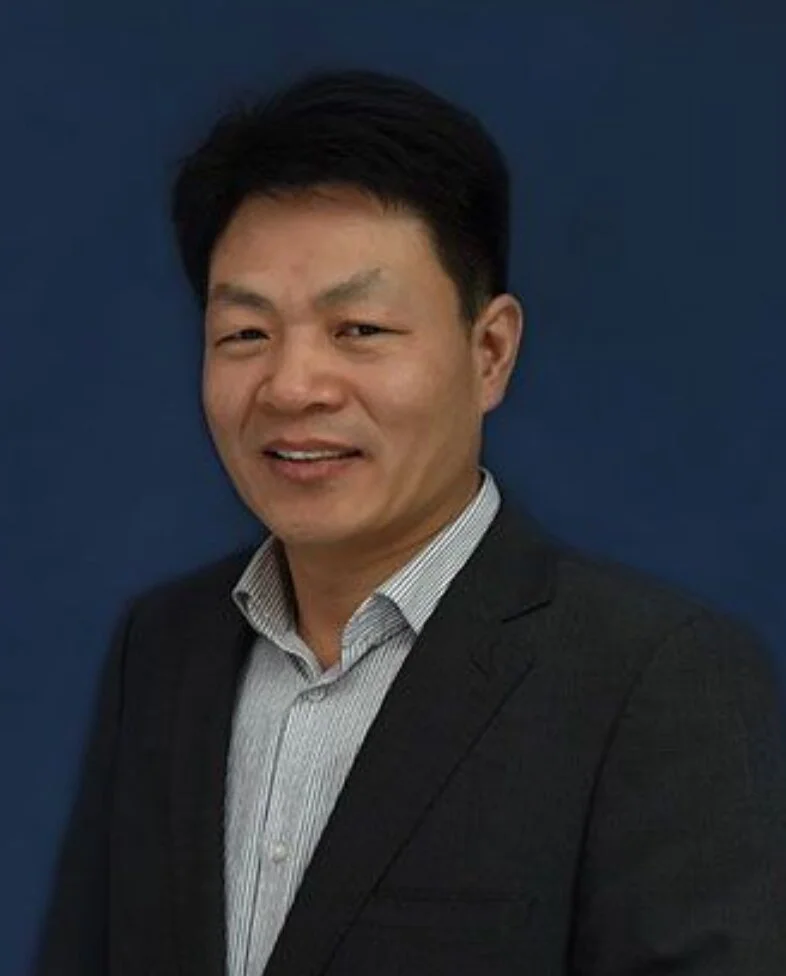Artificial Intelligence and Machine Learning in PCB Assembly
The integration of artificial intelligence (AI) and machine learning (ML) is poised to revolutionize PCB Assembly Technology. These advanced technologies are being implemented across various stages of the assembly process, from design optimization to quality control. By leveraging AI and ML algorithms, manufacturers can significantly enhance efficiency, reduce errors, and improve overall product quality.
AI-Driven Design Optimization
AI-powered design tools are becoming increasingly sophisticated, capable of analyzing complex circuit designs and suggesting optimizations. These tools can predict potential issues in PCB layouts, such as signal integrity problems or thermal hotspots, before the manufacturing process begins. This proactive approach not only saves time and resources but also results in more reliable and high-performing PCBs.
Machine Learning in Automated Optical Inspection (AOI)
Machine learning algorithms are revolutionizing the quality control process in PCB assembly. Advanced AOI systems equipped with ML capabilities can learn from previous inspections, continuously improving their ability to detect defects. These systems can identify even the most subtle anomalies that might escape human inspectors, ensuring a higher level of quality assurance.

Predictive Maintenance and Process Optimization
AI and ML are also being employed to predict equipment failures and optimize production processes. By analyzing data from sensors and production logs, these systems can anticipate when machinery might require maintenance, reducing downtime and improving overall equipment effectiveness. Additionally, ML algorithms can fine-tune process parameters in real-time, ensuring optimal performance and consistency in PCB assembly.
Advanced Materials and Miniaturization in PCB Assembly
The pursuit of smaller, more powerful electronic devices is driving significant advancements in PCB Assembly Technology. This trend towards miniaturization is facilitated by the development and integration of advanced materials that offer improved performance characteristics while allowing for more compact designs.
High-Performance Laminates
Next-generation laminates are being developed to meet the demands of high-frequency applications and extreme environments. Materials such as liquid crystal polymers (LCPs) and polytetrafluoroethylene (PTFE) composites offer excellent electrical properties and thermal stability, making them ideal for use in 5G telecommunications and aerospace applications. These advanced laminates enable the creation of thinner, more reliable PCBs capable of operating at higher frequencies and temperatures.
Embedded Components
The trend towards embedding passive and active components directly within PCB layers is gaining momentum. This technique allows for significant reductions in board size and improved electrical performance by minimizing trace lengths. Embedded components also offer better protection against environmental factors and electromagnetic interference, making them particularly valuable in automotive and industrial applications.
Flexible and Stretchable PCBs
As wearable technology and Internet of Things (IoT) devices become more prevalent, the demand for flexible and stretchable PCBs is increasing. New materials and assembly techniques are being developed to create PCBs that can bend, flex, and even stretch without compromising functionality. These innovations open up new possibilities for integrating electronics into clothing, medical devices, and other applications where traditional rigid PCBs are impractical.
Sustainable and Eco-Friendly PCB Assembly Practices
As environmental concerns become increasingly prominent, the PCB Assembly Technology is shifting towards more sustainable and eco-friendly practices. This trend is driven by both regulatory pressures and a growing awareness of the importance of environmental stewardship among manufacturers and consumers alike.
Lead-Free and Halogen-Free Materials
The transition to lead-free solders, initiated by RoHS regulations, continues to evolve with the development of new alloy formulations that offer improved reliability and performance. Similarly, halogen-free laminates and components are gaining popularity due to their reduced environmental impact and improved fire safety characteristics. These materials not only make PCBs more environmentally friendly but also contribute to the overall safety and longevity of electronic devices.
Energy-Efficient Manufacturing Processes
PCB assembly facilities are increasingly adopting energy-efficient technologies and practices to reduce their carbon footprint. This includes the use of more efficient reflow ovens, implementing heat recovery systems, and optimizing production schedules to minimize energy consumption. Additionally, the integration of renewable energy sources, such as solar panels, is becoming more common in manufacturing facilities, further reducing the environmental impact of PCB production.
Recyclable and Biodegradable PCB Materials
Research into recyclable and biodegradable PCB materials is gaining momentum as the industry seeks to address the growing issue of electronic waste. Biodegradable substrates made from materials such as cellulose or mycelium (fungal threads) are being explored as potential alternatives to traditional fiberglass-based PCBs. While these materials are still in the experimental stage, they hold promise for creating more environmentally friendly electronic devices in the future.
Conclusion
The future of PCB Assembly Technology is bright, with innovations in AI, advanced materials, and sustainable practices set to transform the industry. As these trends continue to evolve, manufacturers and suppliers will need to adapt quickly to stay competitive. For businesses seeking cutting-edge PCB assembly solutions, it's crucial to partner with a manufacturer that embraces these emerging technologies and sustainable practices. By choosing a forward-thinking PCB assembly supplier or manufacturer, companies can ensure they're well-positioned to leverage these advancements and create next-generation electronic products that meet the demands of an ever-changing market.
FAQs
How will AI impact PCB assembly quality?
AI will significantly enhance PCB assembly quality through improved design optimization, more accurate defect detection, and real-time process adjustments.
Are flexible PCBs suitable for all applications?
While flexible PCBs offer advantages in many areas, they may not be suitable for all applications, particularly those requiring high power or extreme heat dissipation.
How can companies transition to more sustainable PCB assembly practices?
Companies can adopt sustainable practices by using eco-friendly materials, implementing energy-efficient processes, and exploring recyclable or biodegradable PCB options.
Future-Ready PCB Assembly Solutions | Ring PCB
At Ring PCB, we're at the forefront of PCB Assembly Technology innovation. Our state-of-the-art factory incorporates AI-driven processes, advanced materials, and sustainable practices to deliver cutting-edge PCB solutions. With our expertise in high-density stack-ups and smart manufacturing, we offer unparalleled quality and efficiency. Experience the future of PCB assembly with Ring PCB, your trusted manufacturer and supplier. Contact us at [email protected] to explore how our advanced technologies can elevate your electronic products.
References
1. Johnson, A. (2023). "The Role of Artificial Intelligence in Next-Generation PCB Assembly". Journal of Electronics Manufacturing, 45(2), 78-92.
2. Smith, B., & Lee, C. (2022). "Advanced Materials for High-Performance PCBs: A Comprehensive Review". Advanced Electronic Materials, 8(3), 2100234.
3. Green, D., et al. (2023). "Sustainable Practices in PCB Manufacturing: Current Trends and Future Directions". Sustainability in Electronics, 12(1), 45-60.
4. Zhang, L., & Brown, R. (2022). "Miniaturization Techniques in Modern PCB Assembly: Challenges and Solutions". IEEE Transactions on Components, Packaging and Manufacturing Technology, 11(4), 589-601.
5. Patel, S. (2023). "The Impact of Machine Learning on PCB Quality Control and Inspection". Quality Assurance in Electronics Manufacturing, 18(2), 112-126.





